Tip Top Tips

Last week I helped organise and run our very own Acklam Grange School teach meet, AGSInspire with Jon Tait. It was a great night with lots of teachers sharing their experiences, tips and engaging ideas from the front line. For the evening I presented on my ‘Tip Top Tips’, these consisted of the little things that I’ve found can have positive impact in the right conditions.
There is a need to try and build a culture of independence and resilience within our students now more than ever with the New GCSE reforms across all subjects. The balance can be a tricky one between offering support, guidance and structure and allowing students opportunities to grapple and struggle with a problem or concept. I’ve found there is a fine line between support and dependency on support. How can we offer both support and challenge in the right way, so our students can apply their skills without support afterwards and also so the students don’t switch off from the challenge?
Here’s the problem. What might have worked for one student may not work for the next. It’s important to have a bank of tips and ideas within our teaching toolbox ready to try for the students or classes who need them. I know the smaller top tips and nuggets I have been given from teachers have and still are important in my development as a teacher. We need to remember the vast majority of our students will learn to drive. Sometimes they worryingly manage to pass their driving tests because the motivation is right. We need to harness this into our subjects.
This brings on the tip top tips, these are some tips or ideas that I’ve seen work within my classroom with different students and classes. There is no guarantee these tips will work for you and your students but they might. You don’t know till you try.
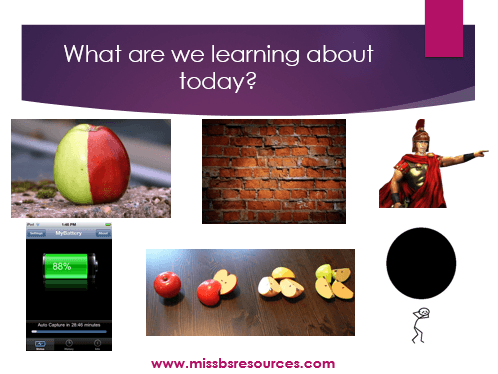 Top Tip 1: Hooking Images
Top Tip 1: Hooking Images
We all use images within our lessons, whether it be a diagram or a picture to brighten up a PowerPoint. Why not use images to allow students an opportunity to make the connections, discuss and talk about the learning that might take place in the lesson. For me this works well on afternoon lessons with lower prior attainment groups. As students enter the lesson they look at the board. Instead of talking about what they are going to have for tea that night, you can hear the quiet murmurings and discussions about the images on the board. The students get hooked into the learning and link their prior knowledge. They start to make their own links and connections between the images. By the time you have done the register, the students are ready to discuss ideas for what the objective and title of today’s lesson may be.
(Find more language engaging activities here)
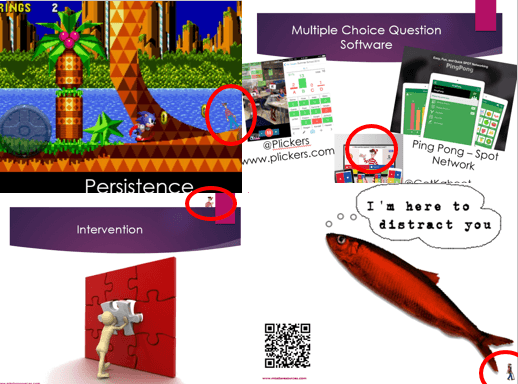 Top Tip 2: Where is Wally?
Top Tip 2: Where is Wally?
Hiding characters and images within your slides was an idea introduced to me by Sarah Ledger, Assistant Head Teacher at Acklam Grange School. The first time you do this your students more than likely won’t notice. However, over time they soon start looking out for what the image or phrase may be. The students begin engaging with the content on display as they want to be the person to find the image, guess the character and total correctly. This enables you to hook the students into the learning. Try and be sneaky. Catch them out. Over time I have changed the image from characters to key words and pictures which will hopefully help some student’s memory of the learning.
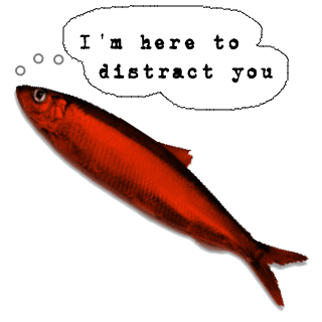 Top Tip 3: Red Herrings
Top Tip 3: Red Herrings
Within every curriculum subject I’m sure we all have the dry topics that we need to teach. These topics sometimes aren’t easy to gain classes engagement. You may also have a lesson or topic you just want to spice up a little. Red herrings are a great way to challenge students without creating too much extra work when planning. I’ve found planting misleading red herring questions or statements within tasks on my slides has given me an indication into which students have either a superficial or a deep understanding of a topic. This allows students an opportunity to question their own learning and understanding.
A great maths example which I use within my scatter graph lessons is ‘There is a positive correlation between ice cream sales and the amount of bumble bees’.
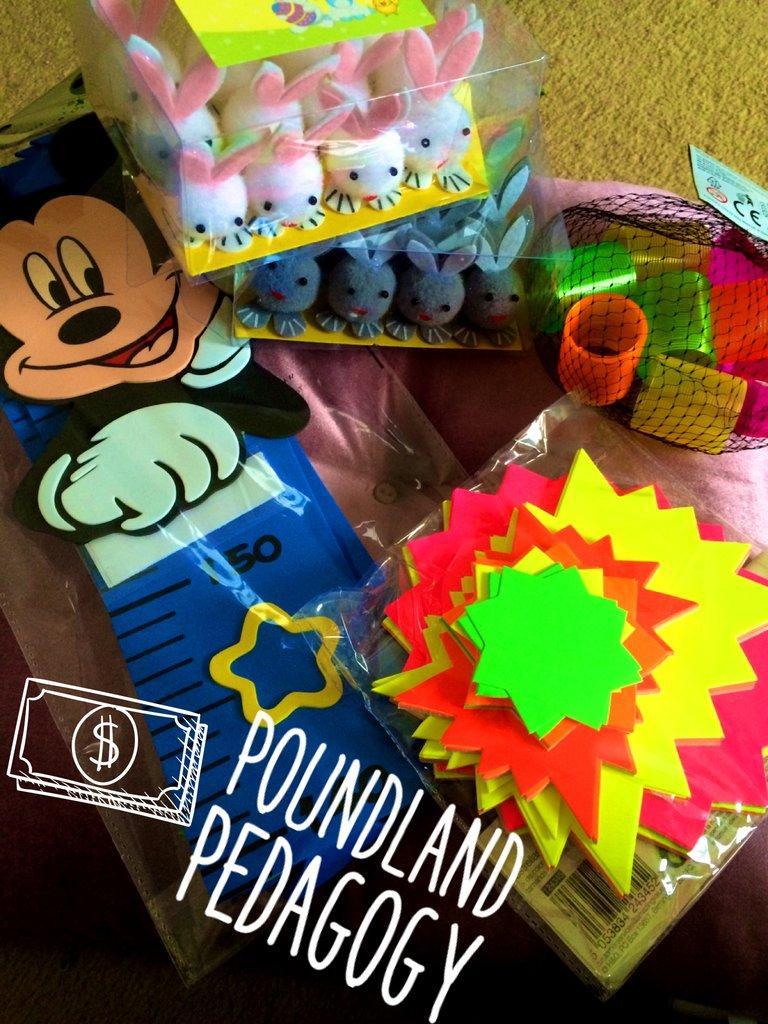 Top Tip 4: Poundland Pedagogy
Top Tip 4: Poundland Pedagogy
Poundland pedagogy is a cheap and fun way to help enhance your lessons through engaging the students with memorable tasks. It’s important to use when it is relevant. For example instead of students drawing out circles in maths have them use paper plates. Inside the paper plates I ask students to make their own fact file on circles. This can range from labelling the circle, finding the area and circumference to circle theorems. I’ve written about in more detail recently here.
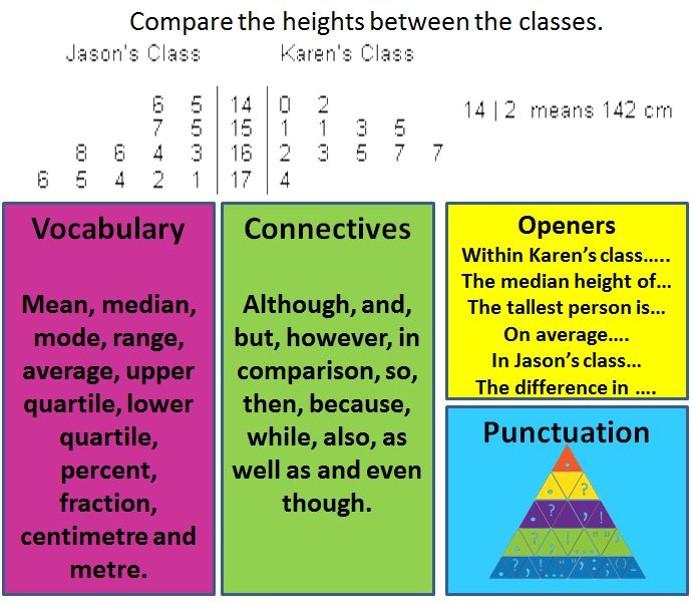 Top Tip 5: VCOP (Vocabulary, Connectives, Openers and Punctuation.)
Top Tip 5: VCOP (Vocabulary, Connectives, Openers and Punctuation.)
I’ve found sometimes students within maths struggle to relate and give context to answers. I’m sure this is the case in many other subject areas. An example would be box plots or stem and leaf diagrams when students need to make a comparison of the results. For one question only I will provide those in need with a VCOP mat. This isn’t a generic mat which can be used for every question necessarily. I will also remove the mat once a student has understood the structure. I want my students to be able to answer these questions independently in the exam. However when we are first discussing and discovering the best style of answer, a VCOP mat can provide security before they go on to use this knowledge. VCOP is something I have found is widely used within primary schools and fizzles out when students get to secondary education. Sometimes I’ve found there is still a time and place for it to be used. Certainly within my classroom.
Please share your own tip top tips below that teachers including myself may find useful. It would be great to hear about your own and other teachers experiences.
Miss B
Tags: Literacy, Independent Learning, Challenge, NQT Advice, Engagement, Teacher Tips
Comments (9)
-
-
Hello,
The topic is fractions, decimals and percentages.
Danielle (aka Miss B)0 Like -
Guest - Hania11
This is my first time i visit here and I found so many interesting stuff in your blog especially it's discussion. Thank you so much for sharing this great blog. Keep it up.
0 Like -
Guest - jimmi
Wow! That's really very good tips provided. Tip top tips blog is really very good guide for me. I am totally impressed by this post.
0 Like -
Guest - Alice Tiee
I have seen many articles. But this article gives me many unique information. I am very thankful to see these wonderful posts. You are doing a great job. These are wonderful tips top tips.
0 Like -
-
Guest - Reeba
Those are some really nice ideas, particularly the first one. I was wondering if you have any more examples of hooking images. And also how you put the hiding images (where's wally) into practise? Does the person. Who finds all the images get acknowledged in some way or do they just find it fun looking for them?
Thank you!0 Like -
Hello,
Not sure I can attach in the comment system. Feel free to email me for some more hooking images. Also the 'where's wally' is used differently, sometimes for fun or for a prize. Other times more serious with the students looking for hidden facts and contexts.0 Like -
Guest - jhonny
Great to read about teaching tips which you have mentioned in your post.I must say you have worked hard in making this post.Keep sharing such articles.
0 Like


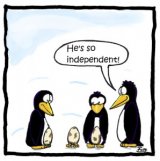




Leave your comments
Login to post a comment
Post comment as a guest